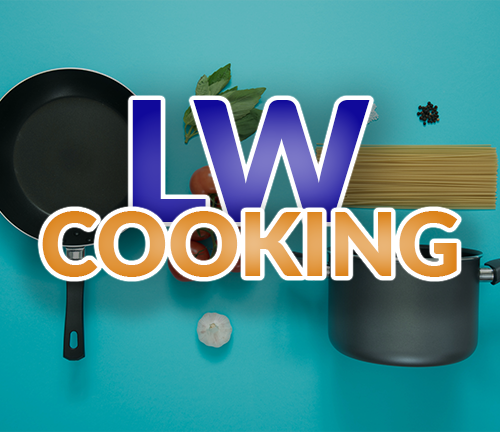- cross-posted to:
- science
- science@lemmy.world
- hackernews@lemmy.bestiver.se
- cross-posted to:
- science
- science@lemmy.world
- hackernews@lemmy.bestiver.se
Egg cooks are challenged by the two-phase structure: albumen and yolk require two cooking temperatures. Separation or a compromise temperature to the detriment of food safety or taste preference are the options. In the present article, we find that it is possible to cook albumen and yolk at two temperatures without separation by using periodic boundary conditions in the energy transport problem. Through mathematical modeling and subsequent simulation, we are able to design the novel cooking method, namely periodic cooking. Comparison with established egg cooking procedures through a plethora of characterization techniques, including Sensory Analysis, Texture Profile Analysis and FT-IR spectroscopy, confirms the different cooking extents and the different variations in protein denaturation with the novel approach. The method not only optimizes egg texture and nutrients, but also holds promise for innovative culinary applications and materials treatment.


Wow, that truly is a wonderful result! I’m fine with soft-boiled though.